Lynn Conway is a pioneering computer scientist, engineer, and transgender activist. She was born on January 2, 1938, in Mount Vernon, New York, USA. Conway is known for her significant contributions to computer architecture, VLSI design, and design automation. She developed innovative methods and tools for designing complex integrated circuits and laid the foundation for modern chip design practices.
In addition to her technical contributions, Conway is also known for her activism. In the late 1960s, she underwent gender reassignment and faced many professional and personal obstacles as a result of her transition. Conway later became an advocate for transgender rights, visibility, and inclusion, sharing her own experiences to raise awareness and support others. She has received numerous awards and honors for her work, including being elected as a Fellow of the Institute of Electrical and Electronics Engineers (IEEE) and the Computer History Museum Fellow Award.
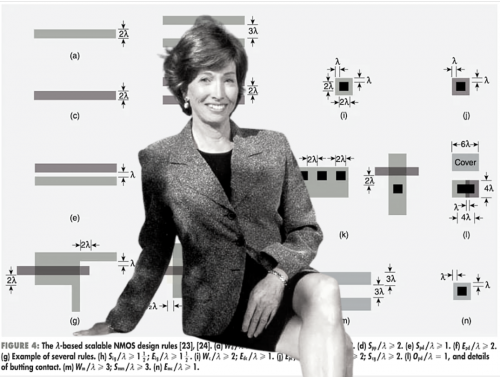
VLSI Design
VLSI stands for Very Large Scale Integration. VLSI design refers to the process of designing integrated circuits (ICs) that contain millions or even billions of MOS transistors on a single chip. In the 1970s, MOS IC chips were starting to be widely used, and that's when VSLI began, enabling complex telecommunication and semiconductor technology. The VSLI devices you're probably familiar with are the microprocessor and the memory chip. Before VSLI was used, ICs were much more limited in their functionality, but VSLI allowed designers to add many capabilities all onto one chip.

A VSLI Integrated Circuit Die
VLSI design is relevant to electrical and computer engineering due to several reasons:
Increased Integration Density: VLSI technology allows for a high degree of integration, enabling the fabrication of complex and powerful electronic systems on a single chip. This density of integration has enabled the development of advanced microprocessors, memory chips, and other electronic devices that have revolutionized computing and communication technologies.
Performance Improvement: With the increasing number of transistors on a chip, VLSI design enables higher performance and computational power. It allows for the implementation of complex functions and algorithms on a single chip, leading to faster and more efficient electronic systems.
Reduced Size and Cost: VLSI technology has led to a significant reduction in the size and cost of electronic devices. By integrating multiple functions on a single chip, the need for additional discrete components and interconnections is minimized, resulting in smaller and more compact systems. This miniaturization has played a crucial role in the development of portable electronics and the spread of devices such as smartphones, tablets, and wearable devices.
Power Efficiency: VLSI design techniques focus on optimizing power consumption, allowing for the development of power-efficient electronic systems. By designing circuits and architectures that minimize power dissipation, VLSI engineers can create energy-efficient devices, which is essential for battery-powered devices and reducing overall energy consumption.
Overall, VLSI design is a fundamental aspect of electrical and computer engineering as it enables the development of high-performance, miniaturized, power-efficient, and cost-effective electronic systems. It continues to drive advancements in various fields, including microprocessors, memory technologies, digital signal processing, telecommunications, and consumer electronics.
Conway's Early Career
Lynn Conway was recruited to IBM research in 1964. During her time there in the 1960s, Conway worked in the field of computer architecture. After under a year of being with the company, Conway was picked for a high-profile project and became a part of the team working on IBM's Advanced Computing Systems (ACS).
Through solving the fundamental architecture problem of being able to issue multiple out-of-order instructions per machine cycle in supercomputers in 1965, Lynn made the creation of the first superscalar computer possible, and participated in designing it at IBM. She called it dynamic instruction scheduling (DIS). You can read the paper on it here.

DIS makes use of instruction cycles that would otherwise be wasted.
In 1968, Conway decided to undergo a gender transition "to resolve a terrible existential situation [she] had faced since childhood," and she informed IBM she would be doing this. Although she had hoped to be allowed to quietly transition on the job, changing locations if needed, IBM fired Conway after she revealed her intention. IBM apologized for this in 2020, 52 years after derailing Conway's professional career and refusing her any assistance during a difficult stage in her life, after all the work she had done for them and despite glowing reviews from her close colleagues.
Lynn says on her website that she will never forget the corporate rationale for firing her. "The senior executives were convinced that 'I would cause extreme emotional distress in fellow employees who saw me in the work environment if they ever learned that I'd been transformed,'" she says. She was accused of being a terrible person for "doing this to her family," even though she knew she could be a better parent to her two children once she felt safe in her own body and identity.
She also shares that she feels it was incredibly hypocritical for the IBM executives to bring up her kids, as her job and income supported them, and by firing her they were effectively making her family's life more difficult. Unfortunately, many of Lynn's support system felt influenced by IBM's decisions and opinions and she was effectively ousted by a lot of her friends and family.
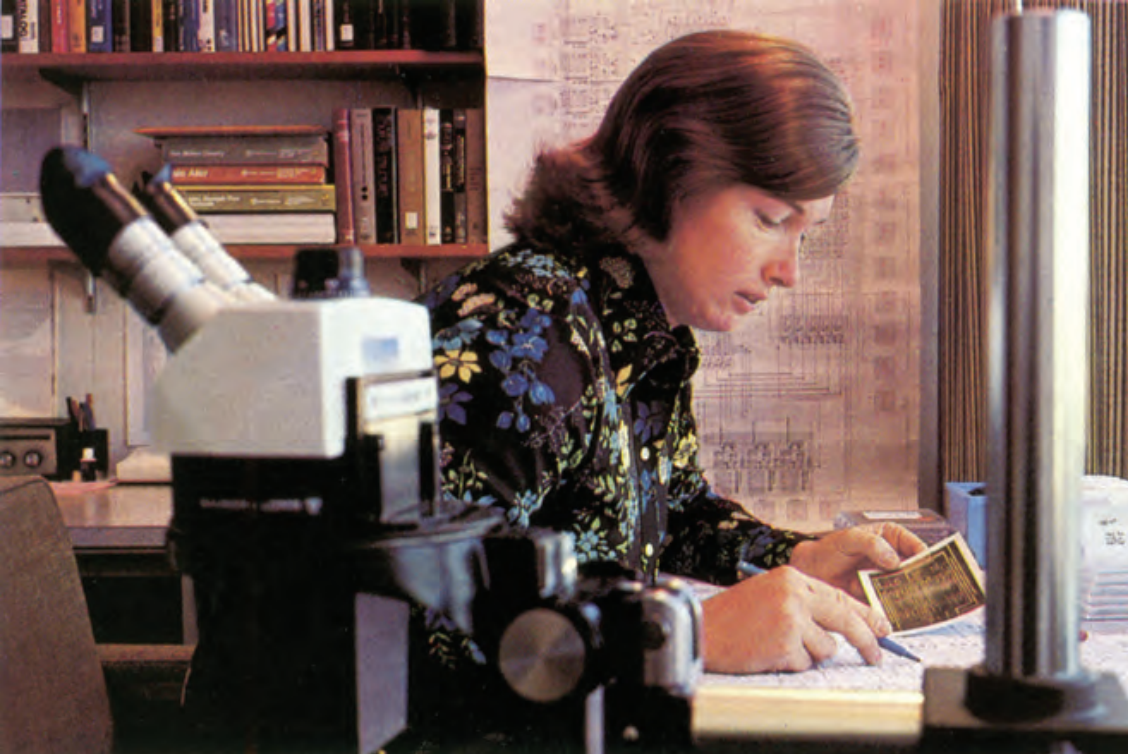
Lynn at Xerox PARC in 1977
After transitioning in 1968, Lynn took on a new name and identity and restarted her career in what she called "stealth mode," and became a contract programmer at Computer Applications, Inc. She was full of life in her new identity, and her career mirrored her increasing happiness. She worked at Memorex from 1969 to 1972 as a digital system designer and computer architect. Conway was then reruited by Xerox's new Palo Alto Research Center in 1973, where she worked on chip design.
Mead-Conway VSLI Chip Revolution
Alongside Caltech professor Carver Mead, Lynn Conway co-authored the influential textbook "Introduction to VLSI Systems." The book, published in 1980, became a foundational resource for VLSI design and education. It introduced the concept of structured digital design, emphasizing high-level abstraction and modular design techniques. The Mead-Conway Revolution, as it came to be known, democratized chip design and heavily impacted any industry based on the application of microelectronics.
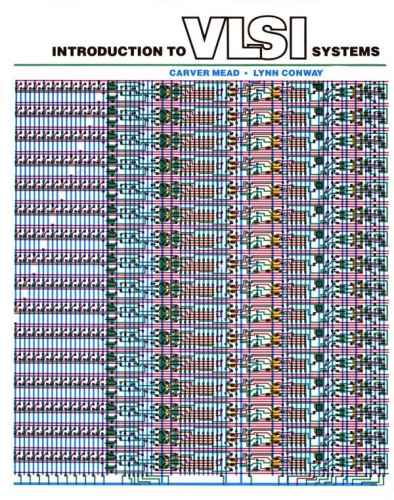
Introduction to VLSI Systems revolutionized the chip design industry.
The "Mead-Conway VLSI Chip Design Revolution" refers to the transformative impact of the work of Carver Mead and Lynn Conway in the field of Very Large Scale Integration (VLSI) chip design. Here are some key aspects of the Mead-Conway Revolution:
Structured Design: Mead and Conway advocated for a new approach to chip design known as structured design. Traditional methods at the time involved manually designing each transistor and connecting them together, which was time-consuming and error-prone. Mead and Conway introduced the concept of structured design, which emphasized high-level abstraction and modular design techniques. They focused on designing at higher levels of abstraction, such as using logic gates and modules, which made the design process more efficient and scalable.
CAD Tools and Standardization: Mead and Conway emphasized the use of computer-aided design (CAD) tools to automate various stages of the chip design process. They recognized the importance of developing CAD tools that could handle the complexity of VLSI designs and enable efficient simulation, layout, and verification. Their work helped drive the development of CAD tools that became integral to VLSI design. Additionally, they advocated for standardization in design rules and interfaces, enabling designers to exchange designs and components easily.
Dissemination and Education: Mead and Conway actively spread their ideas and methodologies through publications, workshops, and educational programs. Their influential textbook became a widely used resource and introduced the new paradigm of chip design to a broader audience. They also conducted workshops and seminars to teach engineers about the new design methodologies and techniques, which helped spread their ideas and accelerate the adoption of structured design approaches.
The Mead-Conway VLSI chip design revolution made the design process more efficient, scalable, and accessible. Their methodologies revolutionized the field and paved the way for the development of increasingly complex and powerful integrated circuits. Their contributions remain influential and continue to shape modern chip design practices.
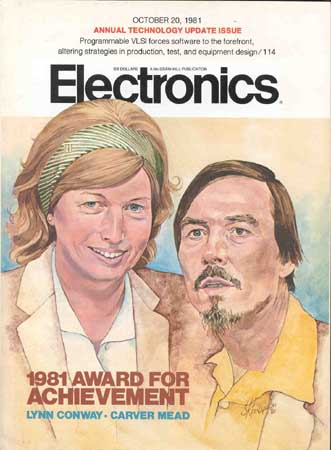
Mead and Conway received a lot of praise for their work.
Activism and Legacy
Lynn Conway's impact extends beyond her technical contributions. After her career "restart" in 1968, she lived in fear that her secret would get out and what happened to her at IBM would occur all over again, or that she could be the victim of transphobic violence that was (and still is) all too commonly directed at transgender women.
By the 1990s, DIS was being used in almost all the new PC chips, increasing their computing power. Many engineers at the time thought the development of DIS had been team driven and decades in the making, and had no idea it had been conceived by one person in 1965. However, no one knew it was Lynn Conway, because she had a different identity now.
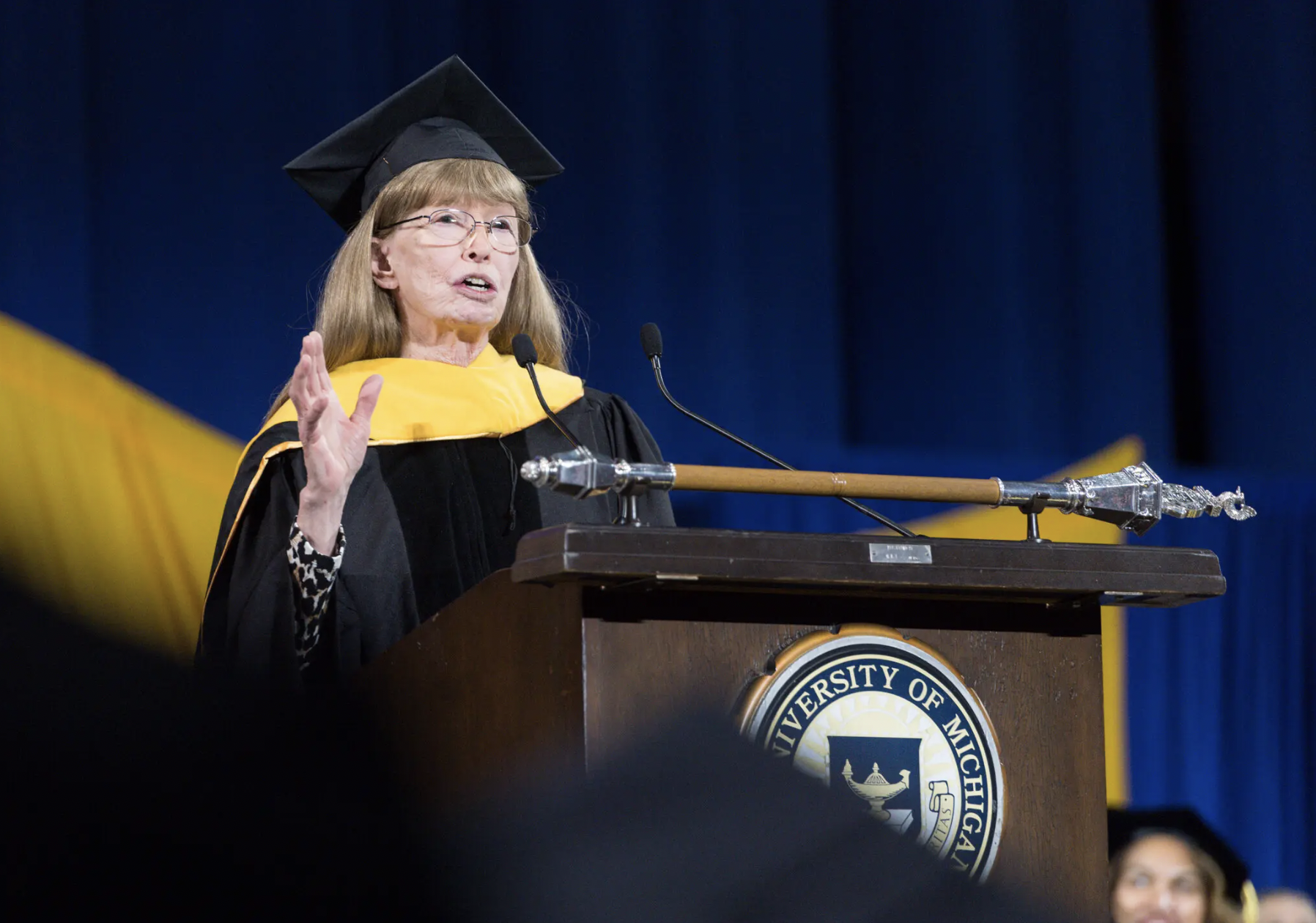
Lynn Conway at The University of Michigan in 2018.
Lynn made the decision to come out in 1999, beginning with close friends and later telling the world about her past life. She knew that not only would her previous work now belong to her again in doing this, but that she could be a source of strength and inspiration for people like her. Since coming out, Lynn has consulted with many tech companies on equal opportunity hiring and employment protections for transgender workers, and many of them have adopted such protections, such as Apple, HP, Intel, Kodak, Lucent, NCR, Verizon Wireless, Xerox and even IBM.
“It’s like building bridges. People can say the design stinks, your ideas aren’t any good. But if the bridge stands, it stands. What works, works.
People can look at me and say what they want. They’ll judge me and they’ll judge people who are like me, and they can have their weird theories. They can say where I’m going to go when I die. But take a look at my life and tell me if the bridge stands.”
Conway joined the University of Michigan in 1985 as a professor of Electrical Engineering and Computer Science, and Associate Dean of Engineering. Lynn met her husband Charlie in 1987, and the couple enjoys rafting, camping, and adventuring through the great outdoors together. She taught until 1998, when she retired as professor emerita at Michigan. She has received numerous awards and honors for her work, including being elected as a Fellow of the Institute of Electrical and Electronics Engineers (IEEE) and the Computer History Museum Fellow Award.

Lynn and Charlie in 2003 while on a cruise.
Lynn Conway's technical contributions and advocacy work have left an indelible mark on the computer engineering world. Her pioneering work in chip design methodologies and VLSI design, combined with her personal journey and commitment to diversity, have had a lasting and transformative impact on the field.
SparkFun Values Pride
There are many engineers and scientists out there, members of our field, who are a part of the LGBTQ+ community. People with stories like Lynn Conway's, as well as people whose stories didn't have happy endings like hers did due to the discrimination they faced.
In the past, there's been some critique of corporate gestures for pride for feeling gimmicky. However, during a time when the LGBT community is at attack more than in recent times due to legislation and growing discrimination nationwide, every bit of acknowledgement and support is needed. It's more important than ever for us to stand with our LGBTQ+ employees, customers, and partners, as well as the broader community.
Lynn Conway overcame an incredible amount of personal obstacles, fully restarted her career with no references as a woman in a male-dominated field, and changed the future of computer architecture, in addition to providing representation and advocacy for the transgender and broader LGBTQ+ community -- But she shouldn't have had to go to those lengths and endure those struggles to live her life as herself.
Imagine where we'd be if we didn't disqualify those with talent, drive and passion based on prejudice, and valued differences in others for the unique perspectives they can provide? The world, and by extension our industry, was not built for those who are different, and it is up to us to change it.
Happy Pride from SparkFun!
More Resources
Learn more about Lynn Conway's work and life.
- All About Circuits Women’s History Month Spotlight: Lynn Conway, Pioneer of VLSI Design
- Stuff Mom Never Told You Podcast: The Life of Lynn Conway
- The Many Shades of 'Out' written by Lynn Conway for The Huffington Post
- The Computer History Museum's profile on Lynn Conway
- Lynn Conway's website, where you can read her story in her own words.
- Wired Women: Engineer Lynn Conway's Secret
- IEEE Solid State Circuits Magazine Fall 2012: VLSI Reminiscences












Wow, fascinating story! I'm so glad that things turned out well for her, and that IBM eventually apologized for their big mistake. I remember using the Conway-Mead textbook "Introduction to VLSI Systems" in computer engineering studies in the early 80s.
Correction: Carver Mead was, and is, at Caltech not MIT.
Thank you!